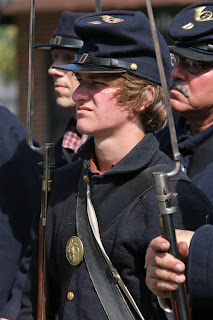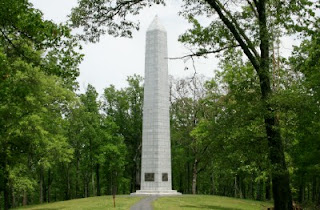 |
| Florida Indians Battle Monster Alligators Two-Toed Tom is said to rival the size of these gators. |
Today we focus on Two-Toed Tom, the legendary red-eyed, demon-possessed alligator Monster of Northest Florida and South Alabama. The story has echoed through the swamps along the border for more than 100 years and is still well-known today.
The monster first came to prominence in South Alabama where he terrorized farm communities just north of the Florida line. Described as red-eyed and demon-possessed, he gained his unusual name after an attempt to capture him left him with only two toes on one foot.
 |
| Alligator in North Florida |
I had the unique opportunity in 1989 to interview one of the survivors of an authentic Two-Toed Tom attack. She then lived in a retirement home in Pensacola and had been attacked by the monster when she was a little girl some 70 years before.
 |
| Reptilian mile |
Their screams soon attracted the men of the community, including one who showed up with a "war rifle" to shoot the monster. Blasted with the high-powered rifle, the monster fell still but as the men gathered around to inspect it, the beast suddenly reanimated and swept them all down with the fierce lashing of its tail and escaped back into the swamp.
This is just one of the stories that have grown up around Two-Toed Tom, who is said to still inhabit the swamps of Washington, Holmes and Walton Counties in Northwest Florida. If you would like to read more about him, please visit www.exploresouthernhistory.com/alligator2.






















